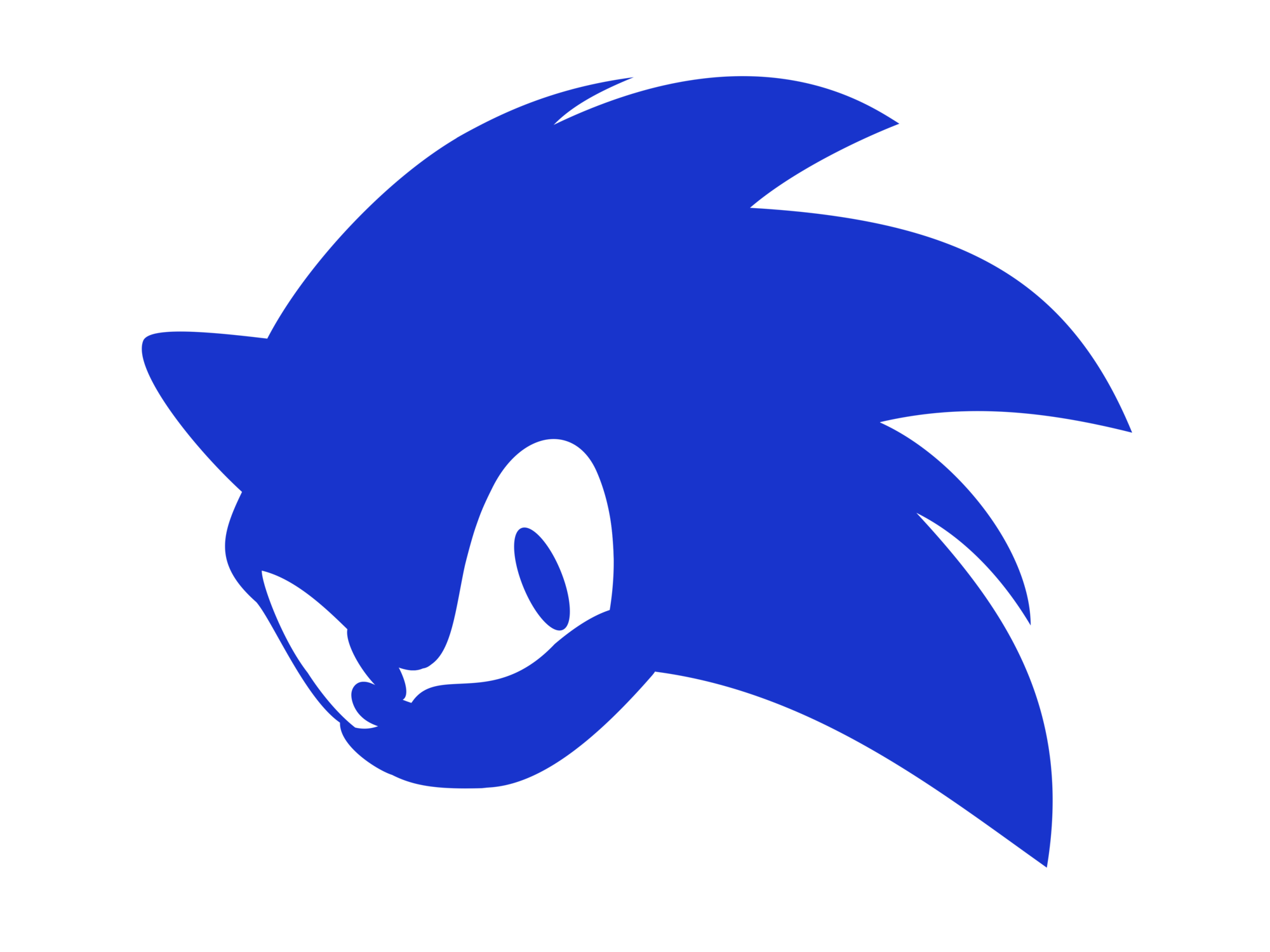

It’s not. The web site you’re uploading to has to support it to allow you the upload in the first place, and to process it to make previews or lower-res versions for the web pages or apps.
alright yeah i guess. to be honest i was more talking about using images i’ve made on my own site, or publishers using an image format on their own websites. as for uploading to other sites it’s a complete mess: even tumblr doesn’t allow uploading webp, but it then automatically converts to webp which makes a horrible blurry mess
Do believe me, recently I’ve started converting those I want to keep to mp4 and I’m saving gigabytes.
i wasn’t being sarcastic! i do believe you. and yeah, i’d do the same
It’s not all that well supported in lots of those cases I mention. And where it did get, it only got because Apple has actually billions of devices out there and has the power to make the format default among them with one worldwide update. Yet it still has to convert to jpg when sharing elsewhere by default. That’s how huge the resistance is.
sorry, i was talking about jxl here. i agree heif hasn’t got anywhere; but that is, again, mostly due to licencing issues (unsurprisingly, given it’s apple)
I’m not advocating for these formats specifically (definitely not jpeg2000 haha), but I’m saying licences and royalties aren’t that super important when it comes to how supported something becomes.
Hell look at Apple… Everything is proprietary.
yeah exactly - none of apple’s formats are supported outside of apple devices (and i guess itunes for windows)
Or when it comes to formats, mp3 is still the most widely supported audio format (non-free), and DivX has been the most widely supported video format for much longer than anything else… Also non-free.
that’s a fair point, and i can’t really explain that - i can only assume it’s big for the same reason as gif: it was good enough at the time, and got standardised by cds
Haha hardware camera makers are the slowest dinosaurs when it comes to technology. Took them fucking ages for some to support DNG raw format, and before h264 was already getting grey, most would record videos only in mjpeg.
really? now admittedly i don’t know much about cameras, but i’ve had a couple of filmmaker friends and i was under the impression raw was universally supported
But it’s more about phone cameras anyway. And well with those we’ll only have webp and heif at most, so I guess we have to deal with that anyway.
i’m not sure about that - even google camera doesn’t support webp (i mean, it’s called “web picture”, i think they see it as a web format primarily). i think phone cameras will continue to be solely jpg for a long time
Maybe if Mozilla had not abandoned their FF OS, maybe that would’ve been a camera supporting jpegxl now.
that’d be nice. i do wish mozilla wasn’t so catastrophically mismanaged all around





:format(png)/cdn.vox-cdn.com/uploads/chorus_asset/file/24805886/STK160_X_Twitter_004.jpg)
yeah… :(
ah fair enough, i didn’t know that
is it? i didn’t think any android players supported it apart from specifically apple music? and i’m pretty sure ms’ groove music couldn’t play them?